The Gait Analyzer Plantar Pressure Distribution System is mainly used to measure human plantar pressure distribution and gait-related data.
3DOE’s Plantar Pressure Distribution System has the following key advantages:
1. Portable and Easy to Carry
The portable model weighs only about 2 kilograms (approximately 4 pounds) and can easily fit into a large backpack for transport.
It is especially convenient for businesses that provide on-site measurement services for clients.
In addition to the portable version, there are also other models available. With a wide variety of styles, users can choose the most suitable model based on their specific application scenarios.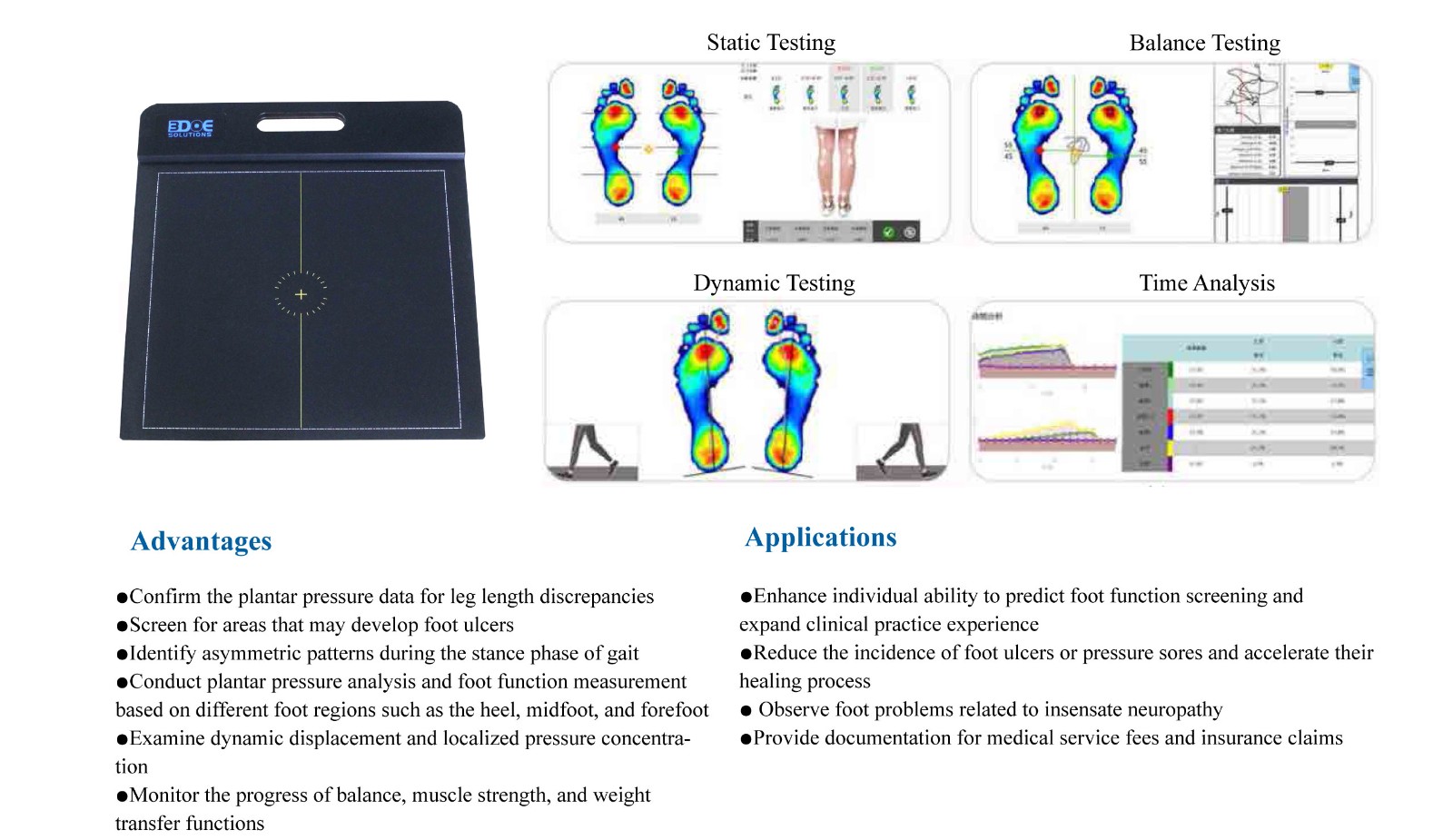
2. Three Measurement Modes, Rich Application Scenarios
The system offers three modes: static measurement, balance measurement, and dynamic measurement.
Static Measurement Mode collects plantar pressure data while the subject stands still. It evaluates plantar pressure distribution, arch type, and left-right weight-bearing differences. It helps identify flat feet, high arches, or leg length discrepancies, and aids in the customization of orthotic insoles or rehabilitation devices. Combined with eyes-open/eyes-closed tests, it also assesses balance ability and center of gravity stability. This mode is widely used in medical diagnosis, rehabilitation assessment, and children's foot development monitoring. It is easy to operate and provides intuitive results.
Balance Measurement Mode evaluates the body’s stability and control of the center of gravity while standing. It detects the sway trajectory, speed, and range of the center of gravity to assess balance function. It is useful for vestibular dysfunction screening, fall risk evaluation in the elderly, and post-surgical rehabilitation monitoring. It is an important tool in neurological rehabilitation, sports training, and health checkups.
Dynamic Measurement Mode captures plantar pressure changes during walking or running. It analyzes gait cycle, pressure center trajectory, stride length, and symmetry. It identifies gait abnormalities (such as pronation, supination, or limping), evaluates athletic performance, and provides precise data for insole customization and rehabilitation training. This mode is widely used in medicine, sports science, and child development monitoring.
3. High-Sensitivity Sensor Technology
The system uses high-sensitivity sensor technology with various sensor array configurations to meet different application needs. Common configurations include 5,000, 10,000, and even 50,000 sensors, enabling precise capture of pressure distribution across different plantar regions, ensuring detailed and accurate data.
Users can customize the number and layout of sensors according to their actual requirements, adapting to different measurement precisions and scenarios. The high-density sensor array not only improves resolution but also enhances the system’s ability to detect subtle pressure changes. This provides reliable data support for medical diagnosis, rehabilitation evaluation, sports analysis, and customized insole design. With this technology, both dynamic and static characteristics of plantar pressure distribution can be fully captured, achieving more accurate foot health management.

 +86-0755-86131192
+86-0755-86131192 2025-07-17
2025-07-17 Back to list
Back to list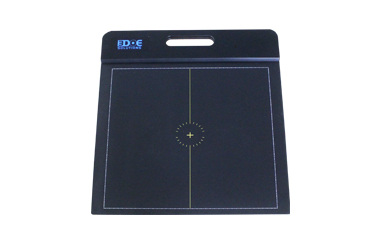
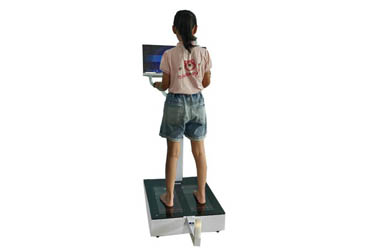
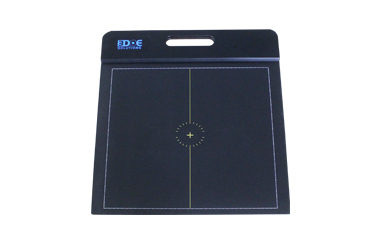
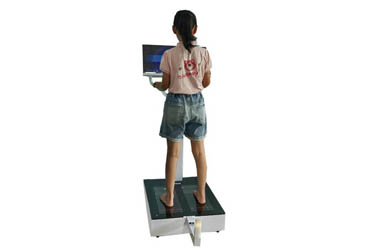
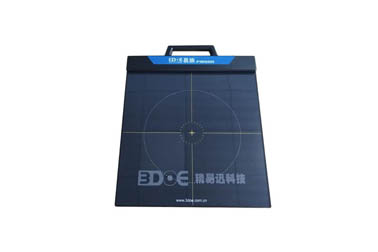
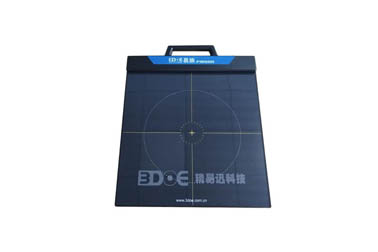



 +86-0755-86131192
+86-0755-86131192